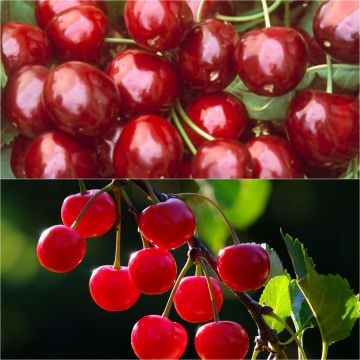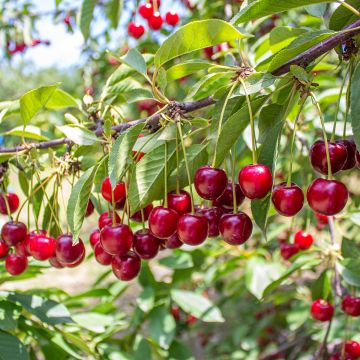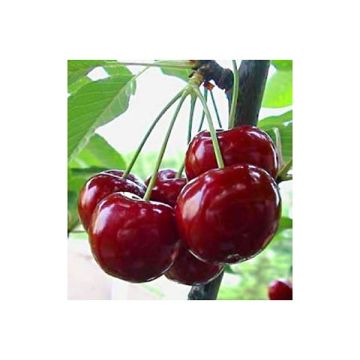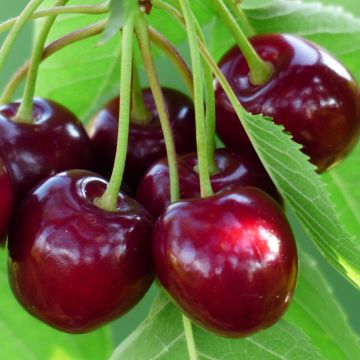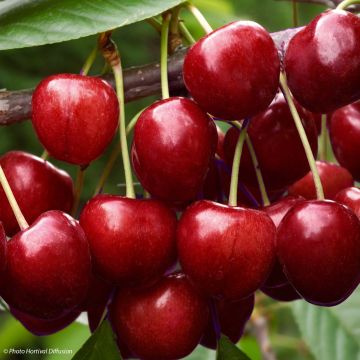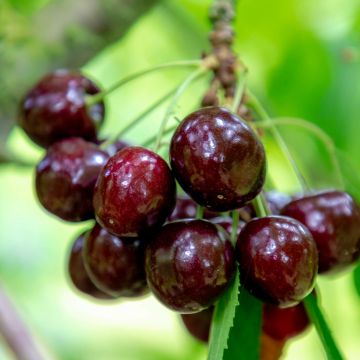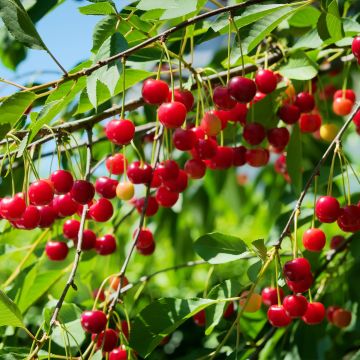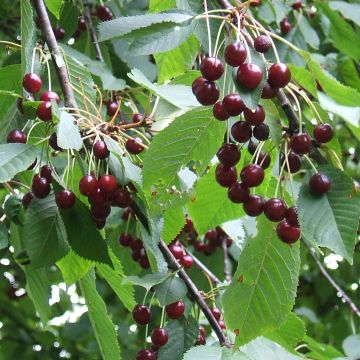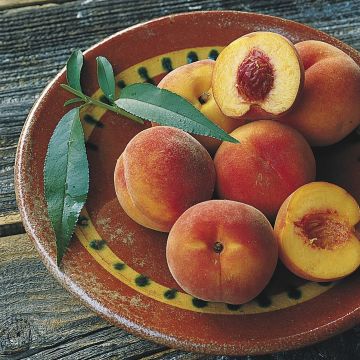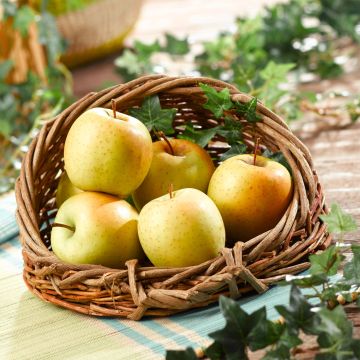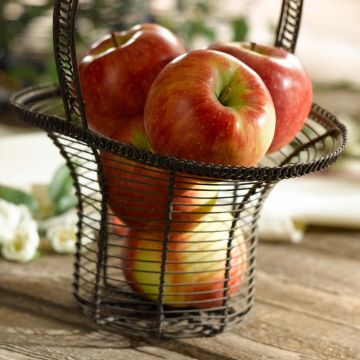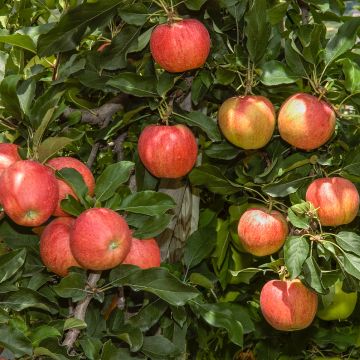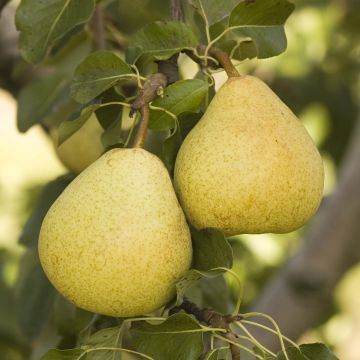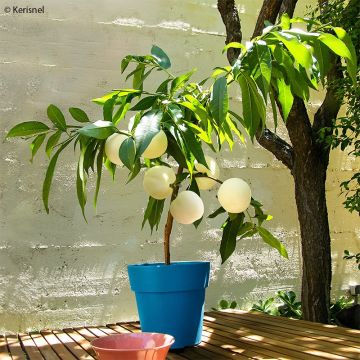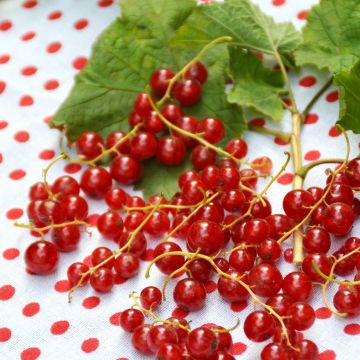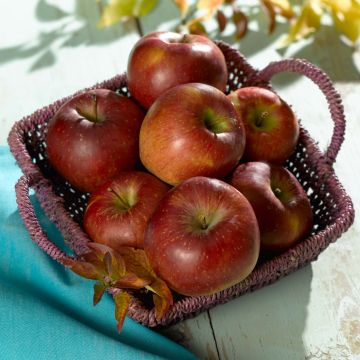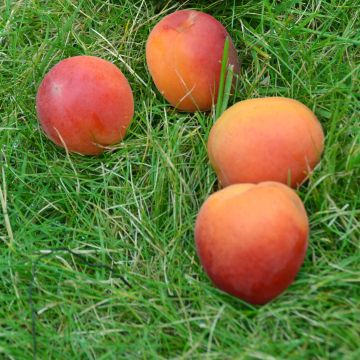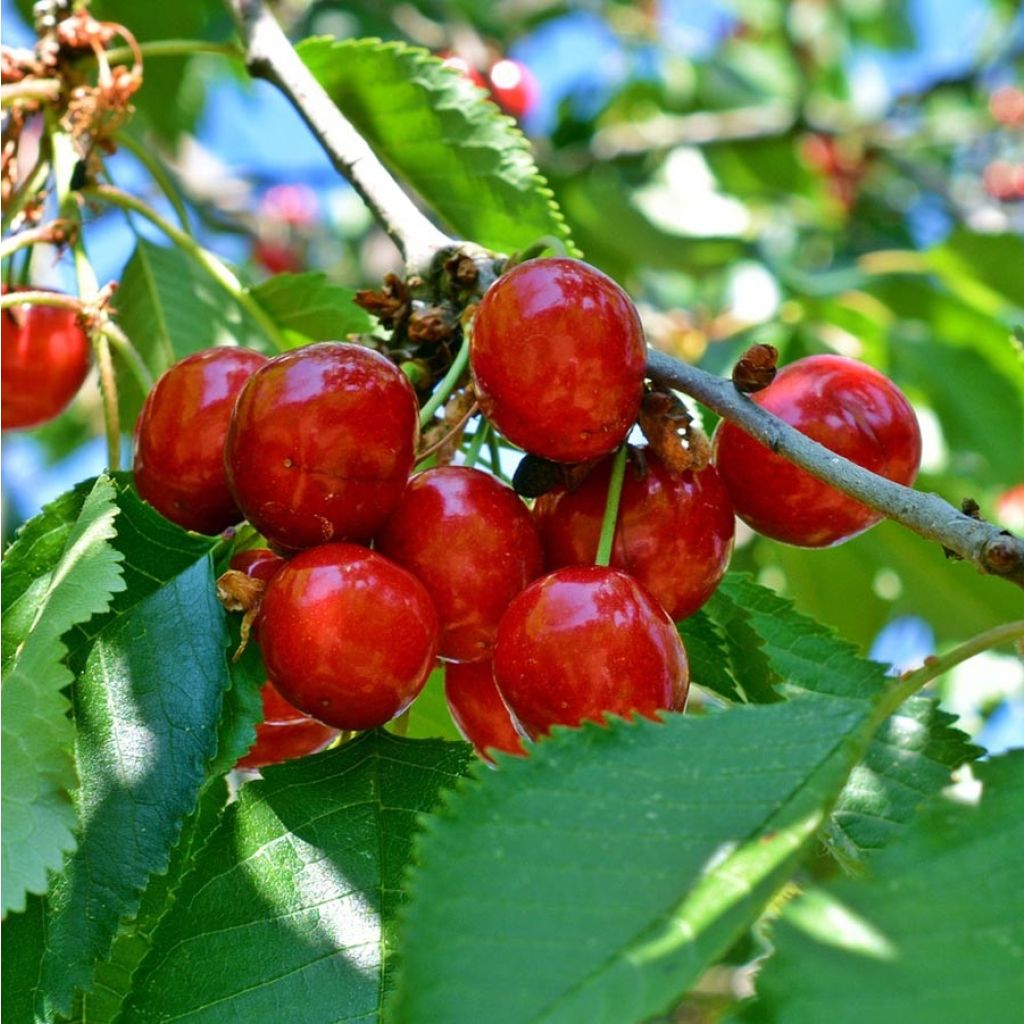

Prunus cerasus Griotte du Nord - Tart Cherry Tree
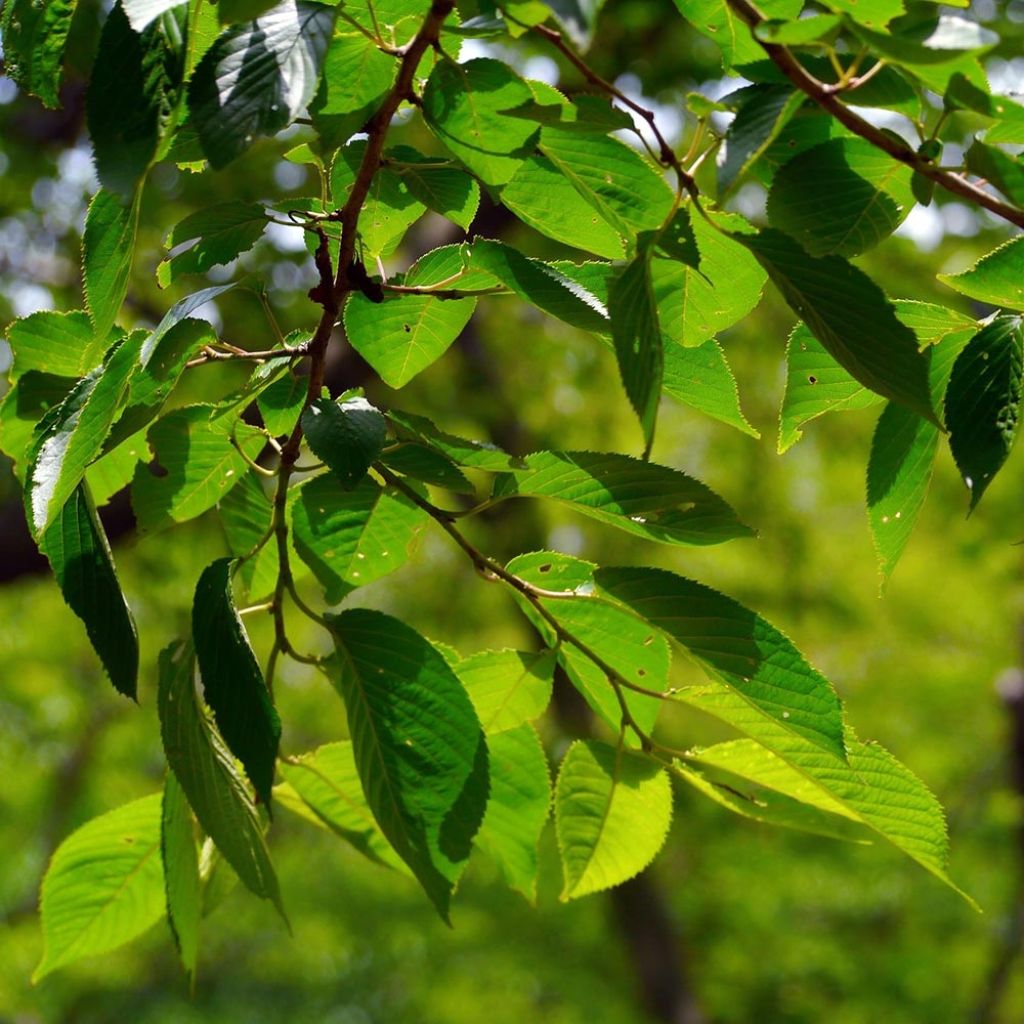

Prunus cerasus Griotte du Nord - Tart Cherry Tree
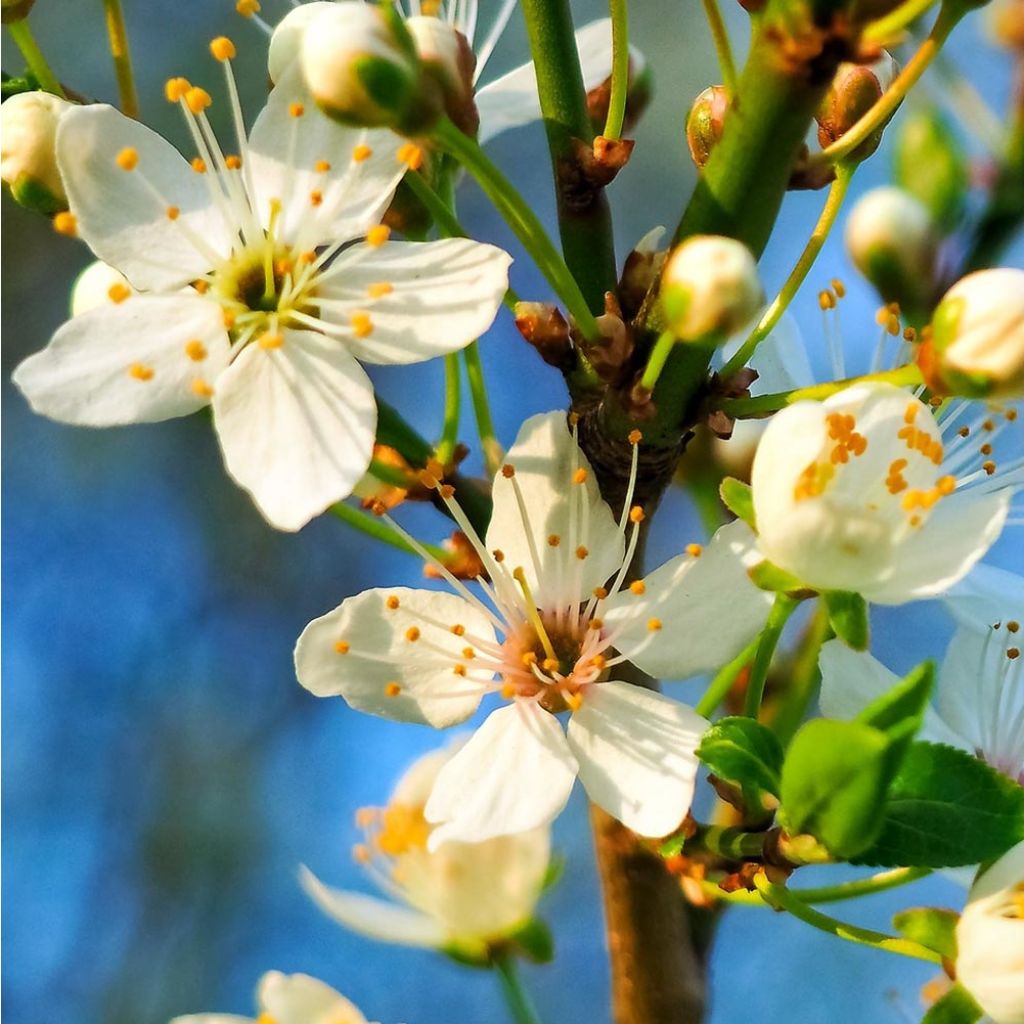

Prunus cerasus Griotte du Nord - Tart Cherry Tree
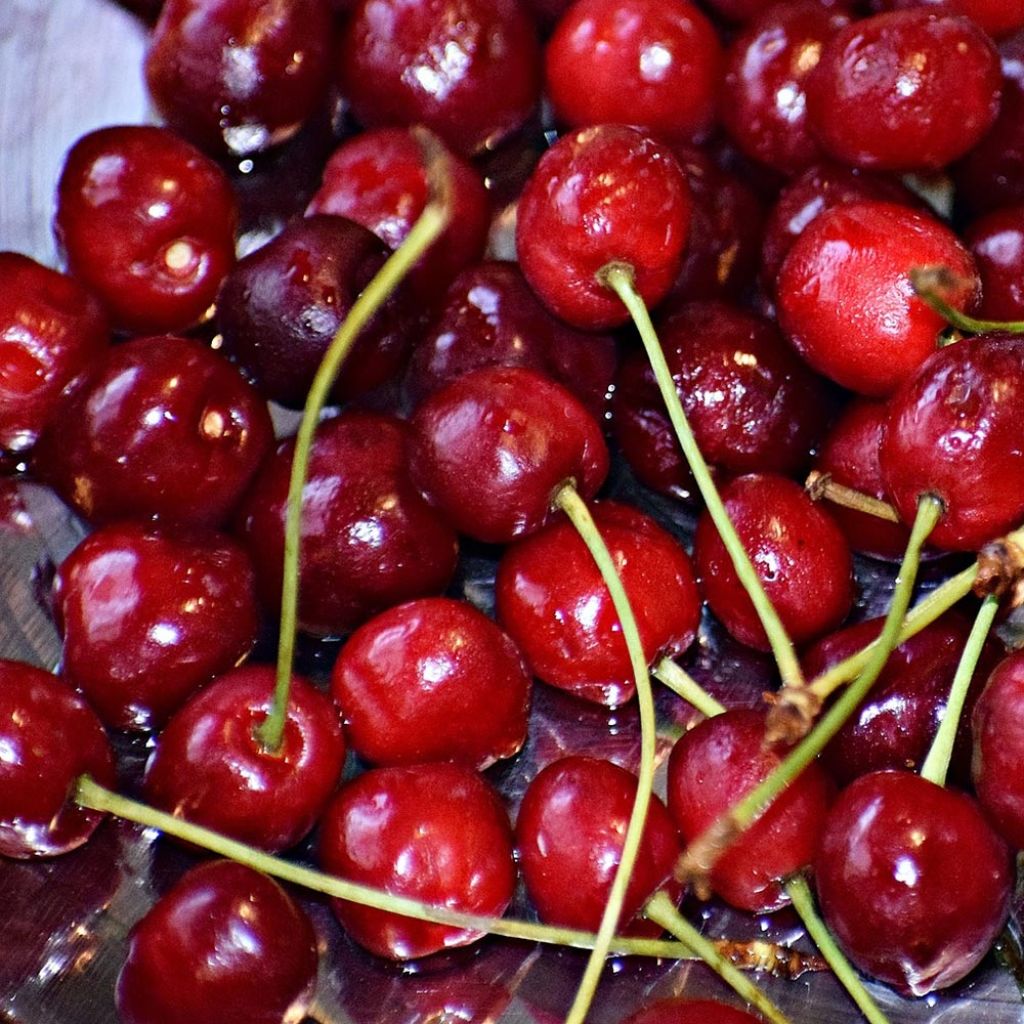

Prunus cerasus Griotte du Nord - Tart Cherry Tree
Prunus cerasus Griotte du Nord - Tart Cherry Tree
Prunus cerasus Griotte du Nord
Sour Cherry, Tart Cherry, Dwarf Cherry, Morello Cherry
This item cannot be shipped to the selected country
Oversize package delivery charge from €6.90
Delivery to Corse prohibited
More information
Schedule delivery date,
and select date in basket
This plant carries a 6 months recovery warranty
More information
We guarantee the quality of our plants for a full growing cycle, and will replace at our expense any plant that fails to recover under normal climatic and planting conditions.
Oversize package: home delivery by special carrier from €6.90 per order..
Express home delivery from €8.90.
Delivery to Corse prohibited: UE law prohibits the import of this plant from mainland France to Corse as part of the fight against Xylella fastidiosa. Please accept our sincere apologies.
More information
Description
The Morello Cherry is an old and well-known variety, originating from Germany. It is a self-fertile and moderately vigorous cherry tree, bearing large fruits that are initially bright red and then turn black when ripe. They have juicy and tender flesh with a very acidic, slightly sweet, and slightly bitter flavour. It flowers in clusters of small, white, fragrant flowers in early April, sheltered from the last heavy frosts and before the leaves appear. Its cherries are harvested regularly over a period from late June to late July and are primarily used in pastry with chocolate or for the production of kirsch and preserves. Its foliage is particularly decorative in autumn, turning red and yellow before falling. These cherry trees are well adapted to northern climates, easily withstanding the cold. They grow easily and without maintenance in all well-drained and deep soils, well-exposed to the sun.
The sour cherry, in Latin Prunus cerasus, as well as the sweet cherry Prunus avium, are the two main species that have given rise to most of the sweet cherry trees cultivated in our gardens. They belong to the rose family. The cherry is a medium-sized tree, reaching 5 to 10 metres (16 to 33 feet) in height at maturity. Its rounded habit provides a beautiful shaded area, very pleasant during the summer. Its alternate, toothed leaves are shiny, dark green, and take on a lovely reddish colour in autumn before falling. Cherries are rich in vitamin C, minerals, and trace elements.
This 'Northern Morello' variety forms a semi-dwarf, bushy, slightly trailing fruit tree that reaches about 10 metres (33 feet) in all directions after 20 to 30 years. From early April, it is covered with countless small, fragrant white flowers. After pollination by insects, they produce many clusters of beautiful, large round fruits, initially bright red and then black when ripe. The harvest from this cherry tree is spread out. Fruit production becomes optimal after 7 or 8 years. The cherries should only be picked when ripe, as they do not ripen further after harvest. This variety is particularly susceptible to brown rot, a fungus that causes the appearance of brown circular spots and eventually greyish spores on damaged fruits, which may dry out while remaining attached to the tree. This disease is more prevalent in humidity and fruits damaged by birds or insects. Avoid planting it in overly wet soil and plant it in a sunny and open position.
Hardy cherry trees can withstand temperatures down to -20°C (-4°F), while the flowers are susceptible to spring frosts and are damaged from -2°C (28.4°F). Suitable for all regions, cherry trees can be planted on a lawn, at the back of a flower bed, or within an orchard.
Report an error about the product description
Prunus cerasus Griotte du Nord - Tart Cherry Tree in pictures
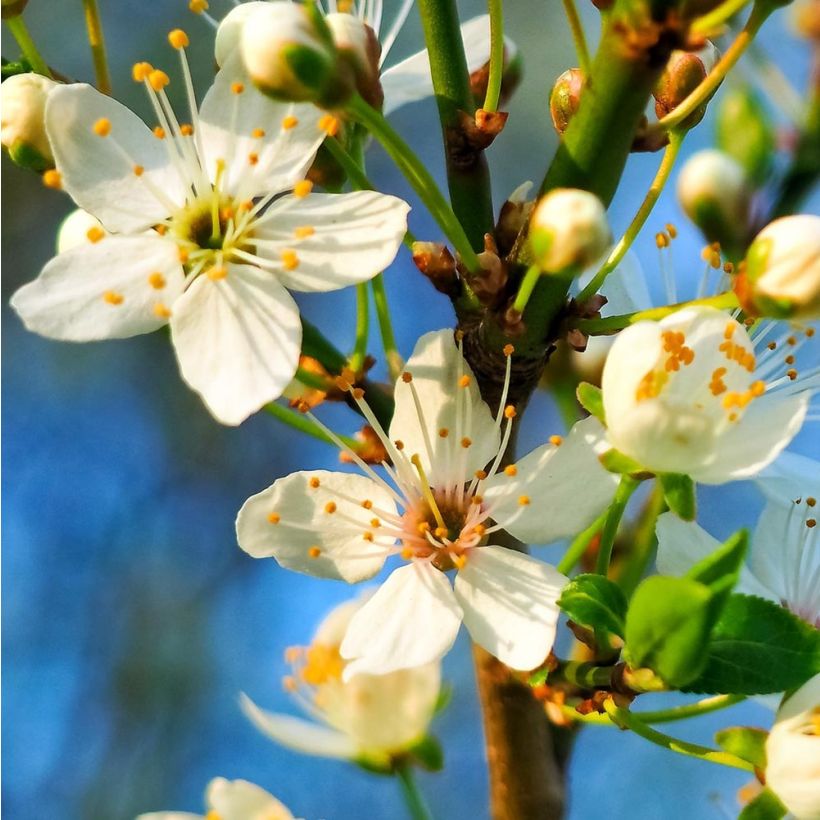

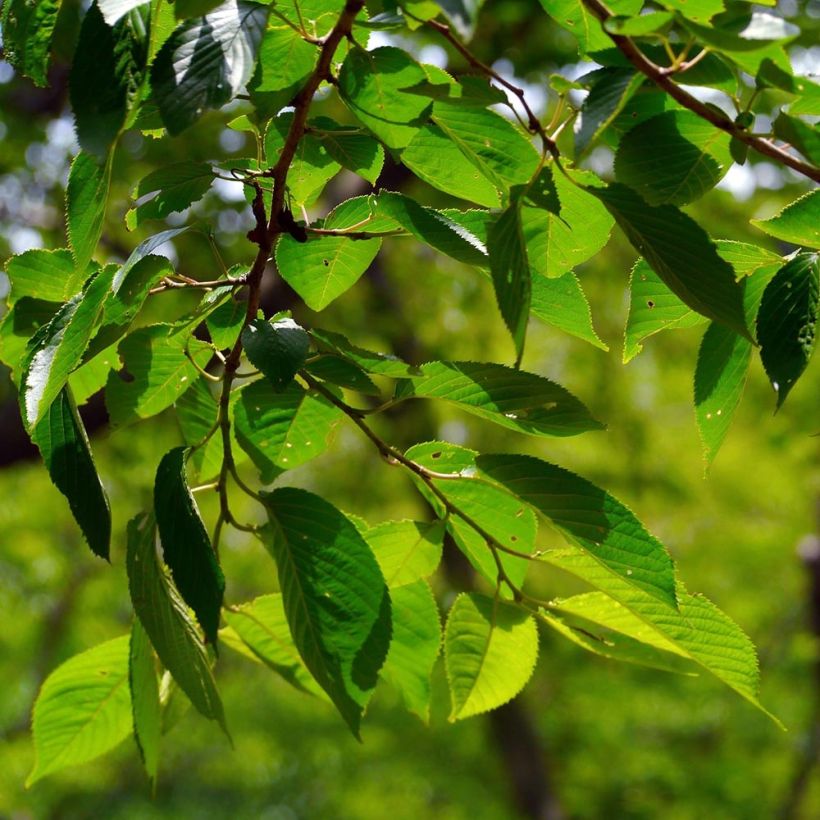

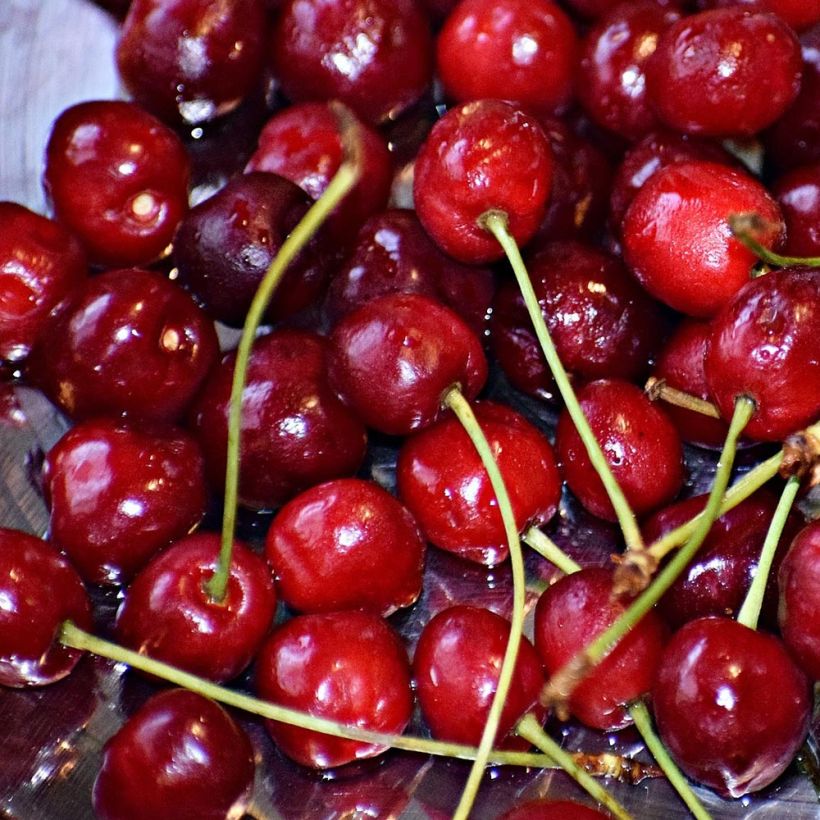

Plant habit
Fruit
Flowering
Foliage
Botanical data
Prunus
cerasus
Griotte du Nord
Rosaceae
Sour Cherry, Tart Cherry, Dwarf Cherry, Morello Cherry
Cultivar or hybrid
Other Cherry trees
Planting and care
The Morello Cherry Tree is easy to grow and thrives in all types of soil, acidic or chalky. It likes moist, light soils and is sensitive to heavy and clayey soils. Choose a sunny location. To limit the risk of late frost on the flowers, plant the cherry tree in a sheltered area, facing west and protected from cold winds. Planting is best done in autumn. If you plant multiple trees, space them 4 to 5 m (13 to 16ft) apart for grafted plants.
Loosen the soil deeply and remove rocks and unwanted weeds. Add some sand to improve drainage. Dig a hole 4 to 5 times the volume of the root ball. Make sure to separate the subsoil from the topsoil. Mix bonemeal or well-rotted compost or potting compost with the subsoil and pour this mixture into the planting hole. Install a stake. Place the root ball, cover it with the topsoil and firm it down. Water generously (around 10 L). Tie the stake to the plant, crisscrossing the tie in a figure of 8, without touching the trunk.
Watering is not necessary, except in the case of extreme heat or Mediterranean regions. Mulch around the base to retain moisture during summer. Protect your harvest by installing a bird net, or using aluminum foil or old CDs as scarers. In case of an aphid attack, spray with soapy water.
Planting period
Intended location
Care
This item has not been reviewed yet - be the first to leave a review about it.
Georges Delbard fruit trees
Haven't found what you were looking for?
Hardiness is the lowest winter temperature a plant can endure without suffering serious damage or even dying. However, hardiness is affected by location (a sheltered area, such as a patio), protection (winter cover) and soil type (hardiness is improved by well-drained soil).

Photo Sharing Terms & Conditions
In order to encourage gardeners to interact and share their experiences, Promesse de fleurs offers various media enabling content to be uploaded onto its Site - in particular via the ‘Photo sharing’ module.
The User agrees to refrain from:
- Posting any content that is illegal, prejudicial, insulting, racist, inciteful to hatred, revisionist, contrary to public decency, that infringes on privacy or on the privacy rights of third parties, in particular the publicity rights of persons and goods, intellectual property rights, or the right to privacy.
- Submitting content on behalf of a third party;
- Impersonate the identity of a third party and/or publish any personal information about a third party;
In general, the User undertakes to refrain from any unethical behaviour.
All Content (in particular text, comments, files, images, photos, videos, creative works, etc.), which may be subject to property or intellectual property rights, image or other private rights, shall remain the property of the User, subject to the limited rights granted by the terms of the licence granted by Promesse de fleurs as stated below. Users are at liberty to publish or not to publish such Content on the Site, notably via the ‘Photo Sharing’ facility, and accept that this Content shall be made public and freely accessible, notably on the Internet.
Users further acknowledge, undertake to have ,and guarantee that they hold all necessary rights and permissions to publish such material on the Site, in particular with regard to the legislation in force pertaining to any privacy, property, intellectual property, image, or contractual rights, or rights of any other nature. By publishing such Content on the Site, Users acknowledge accepting full liability as publishers of the Content within the meaning of the law, and grant Promesse de fleurs, free of charge, an inclusive, worldwide licence for the said Content for the entire duration of its publication, including all reproduction, representation, up/downloading, displaying, performing, transmission, and storage rights.
Users also grant permission for their name to be linked to the Content and accept that this link may not always be made available.
By engaging in posting material, Users consent to their Content becoming automatically accessible on the Internet, in particular on other sites and/or blogs and/or web pages of the Promesse de fleurs site, including in particular social pages and the Promesse de fleurs catalogue.
Users may secure the removal of entrusted content free of charge by issuing a simple request via our contact form.
The flowering period indicated on our website applies to countries and regions located in USDA zone 8 (France, the United Kingdom, Ireland, the Netherlands, etc.)
It will vary according to where you live:
- In zones 9 to 10 (Italy, Spain, Greece, etc.), flowering will occur about 2 to 4 weeks earlier.
- In zones 6 to 7 (Germany, Poland, Slovenia, and lower mountainous regions), flowering will be delayed by 2 to 3 weeks.
- In zone 5 (Central Europe, Scandinavia), blooming will be delayed by 3 to 5 weeks.
In temperate climates, pruning of spring-flowering shrubs (forsythia, spireas, etc.) should be done just after flowering.
Pruning of summer-flowering shrubs (Indian Lilac, Perovskia, etc.) can be done in winter or spring.
In cold regions as well as with frost-sensitive plants, avoid pruning too early when severe frosts may still occur.
The planting period indicated on our website applies to countries and regions located in USDA zone 8 (France, United Kingdom, Ireland, Netherlands).
It will vary according to where you live:
- In Mediterranean zones (Marseille, Madrid, Milan, etc.), autumn and winter are the best planting periods.
- In continental zones (Strasbourg, Munich, Vienna, etc.), delay planting by 2 to 3 weeks in spring and bring it forward by 2 to 4 weeks in autumn.
- In mountainous regions (the Alps, Pyrenees, Carpathians, etc.), it is best to plant in late spring (May-June) or late summer (August-September).
The harvesting period indicated on our website applies to countries and regions in USDA zone 8 (France, England, Ireland, the Netherlands).
In colder areas (Scandinavia, Poland, Austria...) fruit and vegetable harvests are likely to be delayed by 3-4 weeks.
In warmer areas (Italy, Spain, Greece, etc.), harvesting will probably take place earlier, depending on weather conditions.
The sowing periods indicated on our website apply to countries and regions within USDA Zone 8 (France, UK, Ireland, Netherlands).
In colder areas (Scandinavia, Poland, Austria...), delay any outdoor sowing by 3-4 weeks, or sow under glass.
In warmer climes (Italy, Spain, Greece, etc.), bring outdoor sowing forward by a few weeks.


































